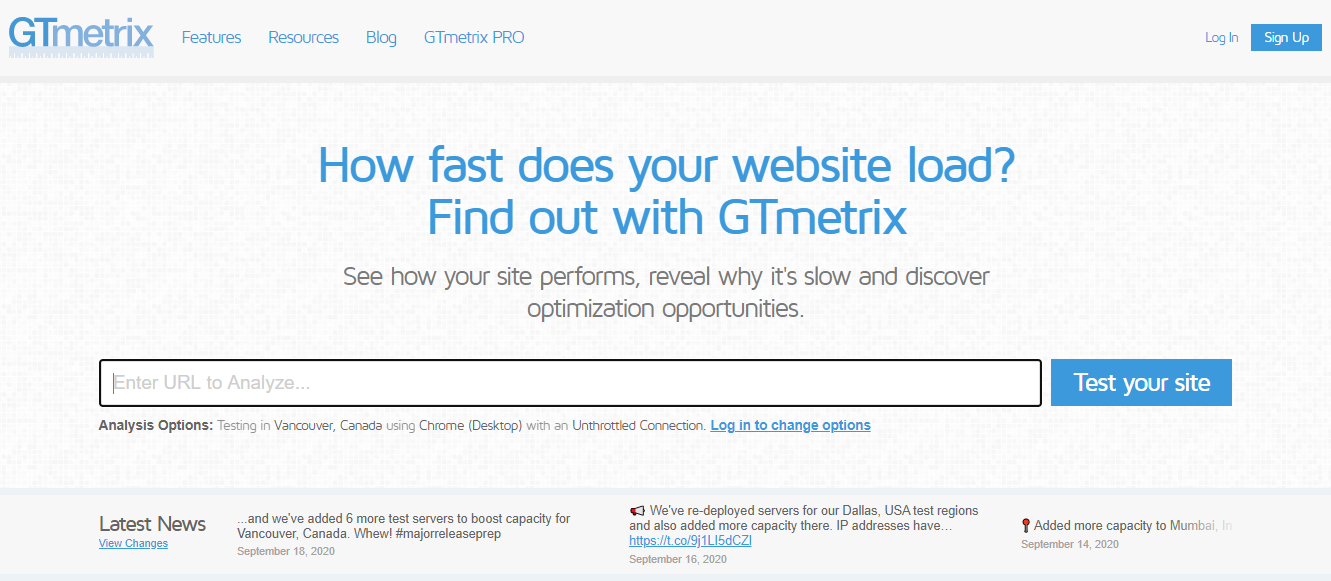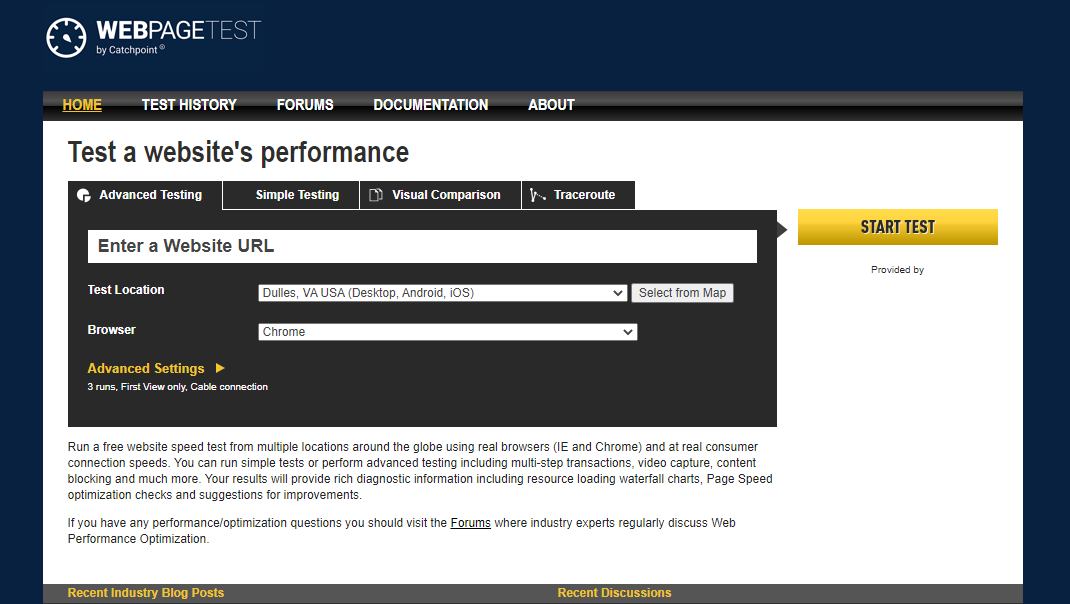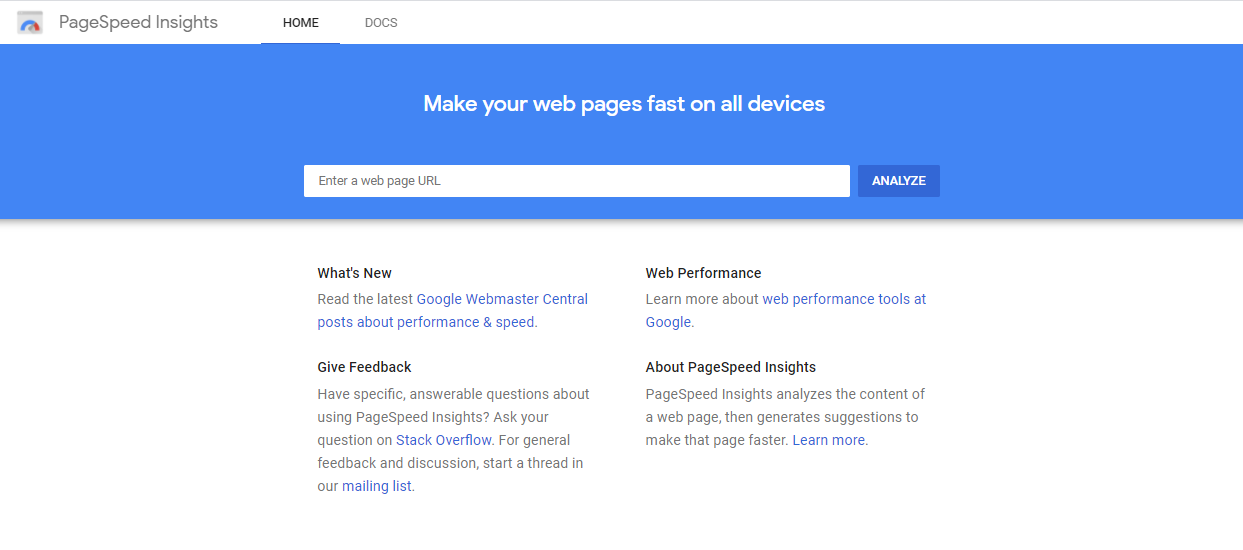There is one thing that almost all human beings share; a trait called impatience. Therefore, when it comes down to your website speed, it’s safe to say that it’s the essence of your general success.
How many times have you given up on a website that made you wait more than a few seconds for it to load? This is what you want to avoid happening to your own potential viewers and customers. For some, even 3 to 4 seconds might be too much of a wait.
However, website speed is more than just really quick loading. Your session time and bounce rate are also affected by this aspect. Additionally, when it comes to SERP rankings, website speed is an important factor, and you have to find a way to fixing page speed problems.
Look at it this way. Even if you’ve established a marketing plan that’s working very well, done search engine optimization properly, and thus gained an enormous amount of traffic, it could all easily go down the drain due to your pages loading excruciatingly slow. The user experience is an extremely important factor of your website’s success, and if you need a helping hand in improving it, reaching out to user experience design firms is highly suggested.
Your rankings may go down and you may lose all your potential customers solely because of website speed since many people do not love staring at the loading icon for more than 2 seconds. You might’ve crowded your website with plugins that are no longer in use, or you chose a theme that, although had some pretty neat feature, is dragging the speed down, so it’s crucial to choose the best one.
Depending on what kind of business you’re in, you have to decide just how important website performance and speed are to you. And you also need tools for testing those aspects.
Here are some of the best ones!
1. GTmetrix

GTmetrix is ideal if you’re a beginner because of its user-friendliness, but it’s not necessarily designed just for novice users due to the depth of data it provides.
To get a detailed analysis of your website, you only need to provide its URL to the software.
The interface is rather simple so you should have no issues finding your way around the information you are provided with. You’ll get a summarized performance report; scores and page details. From there, you can access more detailed descriptions by clicking on any of the tabs below.
Furthermore, there’s a useful “What does this mean” button intended to explain anything you might be confused by or don’t understand.
2. Pingdom

Pingdom is another great option for both casual users and serious developers. Also, it is quite possibly the most popular WordPress site speed test tool, and for a reason.
However, there’s a disadvantage to Pingdom. Assuming you’re using a free account, you won’t have the option to select browser or connection speed.
Pingdom has a unique way of running speed tests as opposed to most tools. It uses metrics for speed measurements instead of relying on PageSpeed or YSlow indicators.
You test your website by entering the page URL and the location you wish to test from after which you’re provided with a summary box containing basic information such as load time, performance grade, page size, etc., which you can expand for a more specific data analysis.
Another cool feature that’s specific to Pingdom is that it shows you results in comparison with the other websites you’ve tested before using the software.
3. WebPageTest

We have to mention this rather advanced speed test, designed for developers only, due to the amount of data it offers and its functionality. It’s not impossible for casual users to use it, but it is most certainly not recommended.
With WebPageTest, you have several useful features – for example, you can use simulation to mimic a 3G connection, gaining valuable insight into what people stuck with 3G have to go through. You can choose the browser and device type, disable JavaScript, and generally configure more.
All of this is part of an advanced analysis but you can always switch to simple testing. Plus, the platform runs the test three times for more accuracy, unlike GTmetrix for example, which only runs the test once.
After the test, you’re presented with a whole lot of data that might be too overwhelming for some, and that is exactly why it’s intended for experienced users.
4. Google PageSpeed Insights

Google PageSpeed Insights is a free tool that allows you to run tests for both desktop and mobile versions of your site which is becoming more and more important these days due to the increase in the amount of mobile traffic.
Its interface is rather easy to understand once you get a little accustomed to it. The main progress is shown in two bars; FCP (First Contentful Paint) and DCL (DOM Content Loaded). FCP represents the amount of time needed for the website to show all its contents. DCL shows when DOM (Document Object Model – the interface in which HTML and XML are written) is ready.
Additionally, this software allows you to optimize JS usage on the page, the amount of CSS, images, and more.
5. New Relic

New Relic is a next-generation application performance management tool for testing websites for different performance metrics. What’s great about this software is that it highlights everything wrong with a website, what slows it down, and thus allows you to act upon it right away.
What’s very useful for WordPress users is New Relic’s WordPress specific tab that gives you insight into all your activity relating to WordPress – themes, plugins, external sources, etc.
Additional valuable features would be database monitoring used to analyze database activity and query handling, and SLA (Service Level Agreement) which provides you information about your website’s performance over a specific amount of time.
New Relic is useful for businesses, developers, teams, and whoever is looking to improve their website performance vastly.
Summary
As dull as the whole speed testing process might seem, it’s crucial for you to know how important it is since everything else can easily fall apart if you are not monitoring your statistics frequently. Just think of how much you hate staring at the loading screen and how easily you’re ready to give up on a site.
In the end, you’ll be very thankful you put time and effort into speed testing, especially when you get the desired results.
Also, whichever software you opt for can only do you good. However, note that if you run a more serious business you might need something that’s more advanced.